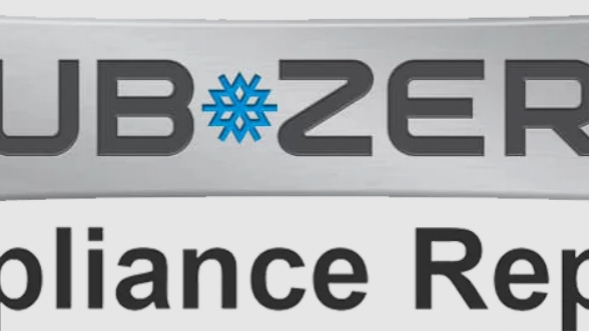In today’s world, where environmental concerns are ever-growing, homeowners are increasingly looking for ways to save energy and reduce their utility bills. One often-overlooked appliance that can contribute to both these goals is your Sub Zero ice maker. With the right approach, you can enjoy ice-cold beverages while being kinder to the planet and your wallet. In this article, we’ll share essential Energy-Efficient Ice Maker Tips to help you make the most of this convenient device without sacrificing efficiency.
1. Choose the Right Ice Maker
When it’s time to replace your ice maker, consider models that are Energy Star certified. These appliances meet strict energy efficiency guidelines set by the U.S. Environmental Protection Agency. An Energy Star ice maker can save you significant money on your energy bills while using less water—an essential factor in an eco-friendly home.
2. Set the Correct Temperature
Your ice maker’s performance and energy efficiency largely depend on the temperature settings. Ideally, you should keep your freezer at 0°F (-18°C) for optimal ice production. If the temperature is too low, the ice maker will work harder, consuming more energy. Conversely, if it’s too high, the ice may not form properly. Check your manufacturer’s guidelines for the perfect temperature setting.
3. Keep It Clean
Regular maintenance is crucial for an energy-efficient ice maker. Build-up of mineral deposits and dirt can hinder performance, forcing your appliance to work harder than necessary. Clean the ice maker and the ice storage bin every six months. Use a mixture of warm water and vinegar for a natural cleaning solution. This simple maintenance task can enhance efficiency and prolong the lifespan of your ice maker.
4. Monitor Water Quality
The quality of water you use can significantly impact the efficiency of your ice maker. Hard water contains minerals that can accumulate in your ice maker, leading to scale build-up. This can cause clogs and reduce the efficiency of the appliance. Consider using a water softener or a filtration system to improve water quality and keep your ice maker running smoothly.
5. Install in a Cool Location
The placement of your ice maker matters. Ensure it’s installed away from heat sources, such as ovens or direct sunlight. If it’s in a warm environment, it will require more energy to produce ice. Ideally, the ambient temperature around your ice maker should be between 50°F (10°C) and 100°F (38°C) to maximize efficiency.
6. Use Ice Sparingly
While it’s easy to let your ice maker run continuously, be mindful of how much ice you really need. If you only use ice occasionally, consider turning off the ice maker when it’s not in use. This not only saves energy but also reduces wear and tear on the machine. When you do need ice, turn it back on and let it make a batch before your gathering or event.
7. Upgrade When Necessary
If your ice maker is older and consuming significantly more energy than newer models, it might be time for an upgrade. Newer ice makers are designed with advanced technologies that improve efficiency and reduce environmental impact. While it might be a higher upfront cost, the long-term savings on energy bills can be substantial.
8. Seal the Freezer Properly
Ensure that your freezer door seals tightly. A faulty seal can cause cold air to escape, making your ice maker work harder. Check the gasket for any cracks or debris, and clean it regularly. If it’s worn out, replace it to maintain efficiency and reduce energy costs.
9. Don’t Overfill the Ice Bin
Overfilling the ice bin can restrict airflow, causing the ice maker to struggle to produce more ice. It’s essential to keep the ice bin organized and not packed to the brim. Regularly empty the bin to make space for new ice, and you’ll find your ice maker operates more efficiently.
10. Use Ice for More Than Drinks
Think creatively about how you use ice! From cooling down food for picnics to chilling wine or creating ice packs for injuries, finding diverse ways to utilize ice can ensure that your ice maker is worth every penny spent on energy.
Source:https://sub-zero-appliance-repair.com/energy-efficient-ice-maker-tips/









